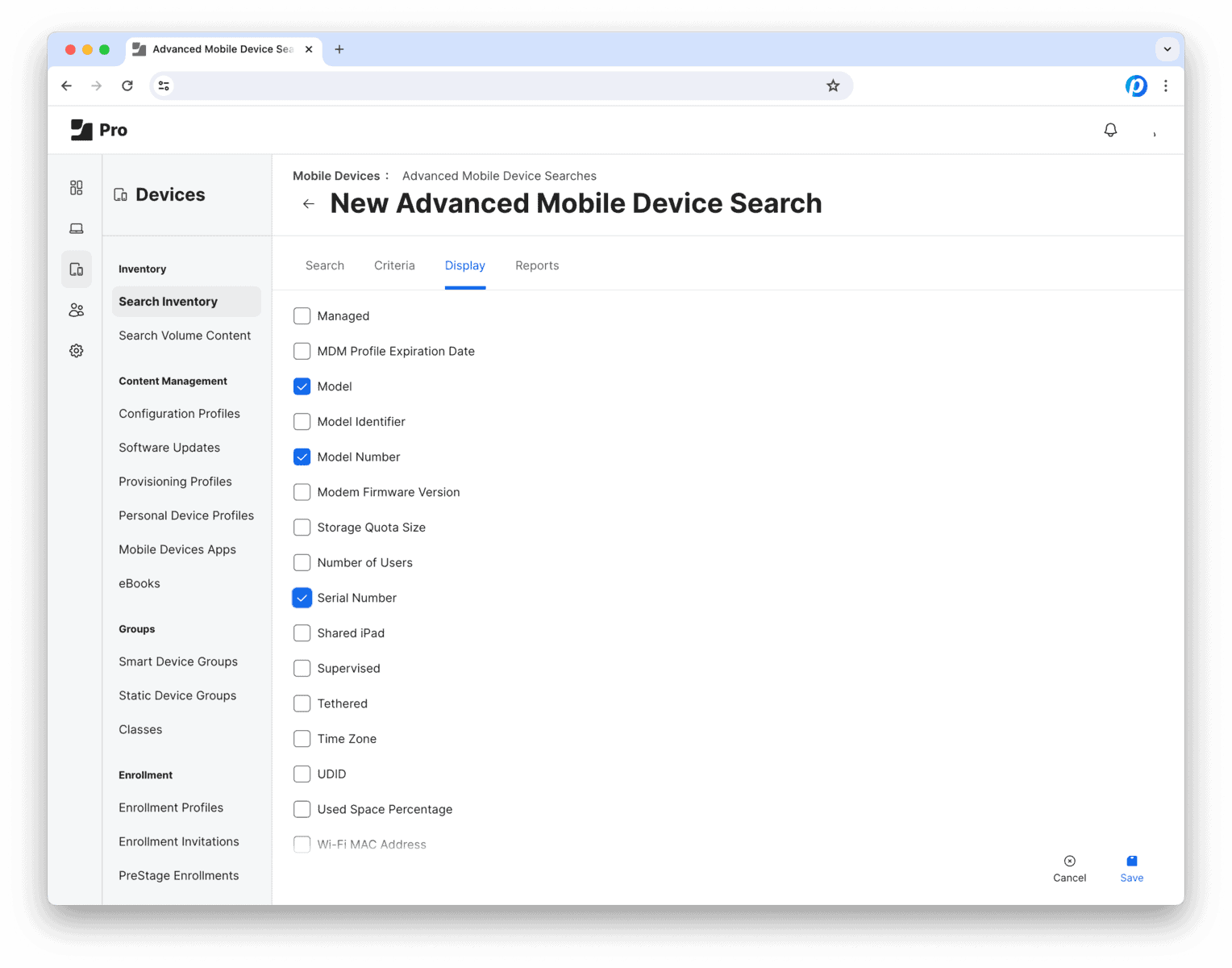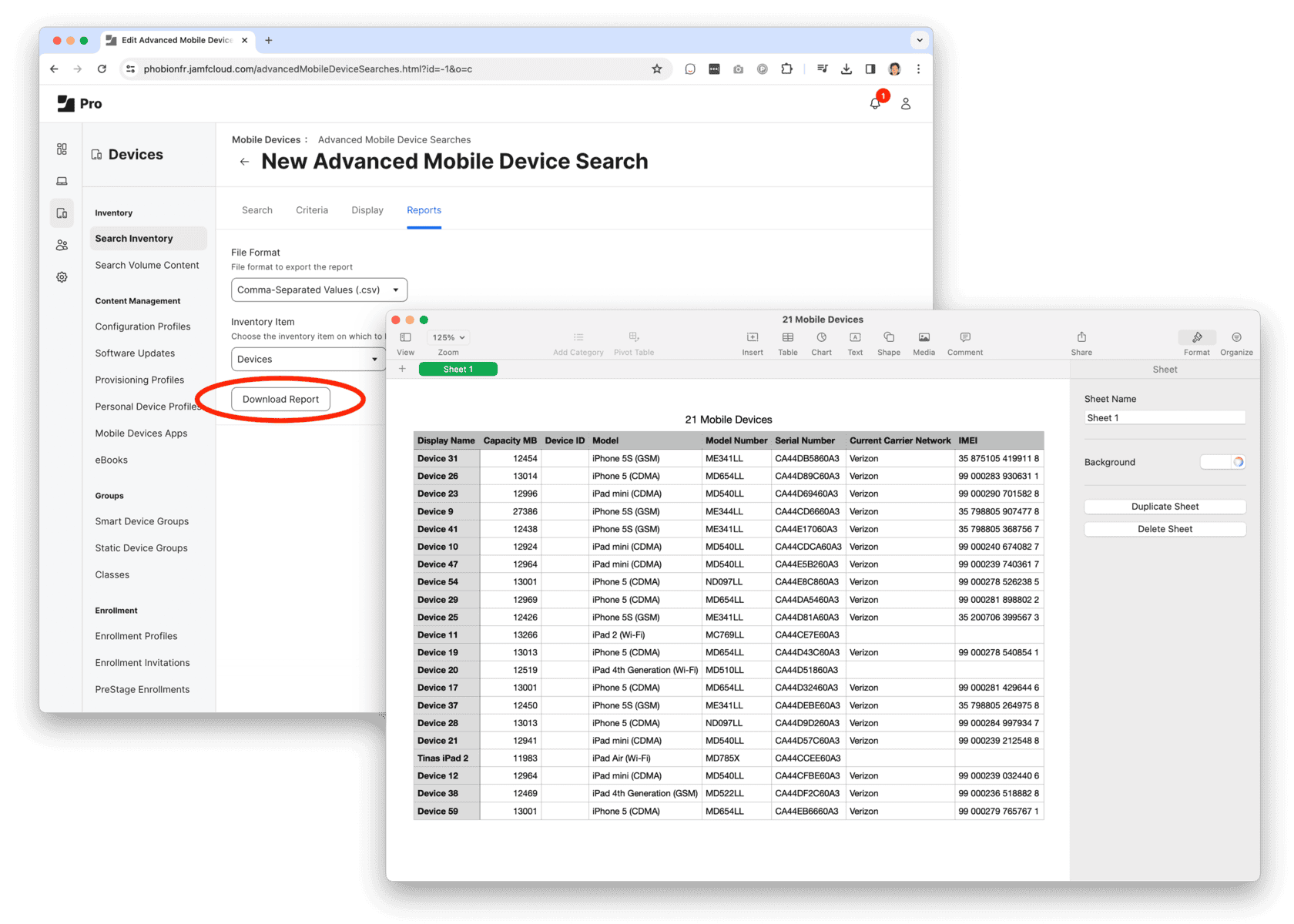Most teams treat large language models like glorified content mills:
- “Write me a LinkedIn post about our product launch.”
- “Give me five subject lines for this email campaign.”
- “Create a blog post in the style of Seth Godin.”
This both creates more AI sludge in the world and is also waste of the technology’s most valuable capability.
The real power of AI in marketing isn’t generation—it’s validation. Not as a writer, but as a critic. Not as a creator, but as a simulation of your actual customers.
Building Persona Simulations
In some Black Mirror episodes, the central sci-fi conceit is that realistic simulations of human beings could be reconstructed from their social media posts. The idea is ridiculous – but I suggest we marketers do something just like that.
When creating customer personas, LLMs can digest more than just demographic data – they can process immense volumes of actual customer language: transcripts from sales calls, support tickets, review sites, social media conversations– all available through your CRM. Feed your AI these artifacts, and it doesn’t just know about your ideal customer profile—it can speak as them. It understands their vocabulary, their concerns, their mental models, and the way they frame problems.
Now you have a responsive, conversational embodiment that can engage with your actual work.
Here’s the fundamental shift: instead of asking AI to create messaging for a persona, use it to test your creative and explore new angles and strategies.
You now have an instant, infinitely patient focus group available 24/7 and can be refined to embody your ideal customer profiles.
The workflow changes completely.
Old approach:
“AI, write me an article about our new feature in the voice of Simon Sinek.”
New approach:
“I’ve created this presentation about our new feature. Review it as Winston, our mid-market CFO Persona…Winston, what questions would you ask? Where does this lose you? What objections am I not addressing?”
Instead of workshopping creative with your team who all share the same context and blind spots, you run it by your AI personas. You maintain creative control. You preserve your brand voice. But you get intelligent, targeted pushback before you ever put your work in front of real humans.
Create better work through rapid iteration.
Traditional market research is expensive and time-consuming, so you do it sparingly and commit to direction based on limited feedback cycles.
With AI personas, you can iterate dozens of times. Create, test, refine, test again, refine again. Each cycle takes minutes instead of weeks.
This doesn’t mean endless tweaking. It means arriving at the real customer test—the actual launch, the real sales call, the published campaign—with something much more refined, since you’ve already worked through the obvious problems.
The marketing teams winning with AI aren’t the ones generating more content faster. Every brand can do that now, which means it creates no advantage.
The teams winning are the ones using AI to create tighter feedback loops between their work and customer reality. To test more hypotheses, surface more objections and refine more iterations before committing resources to market.
Your brand voice still comes from you. Your creative instincts still matter. Your strategic decisions are still yours to make. But now you have an always-on focus group that can challenge those decisions, poke holes in your assumptions, and help develop better creative before it ever meets the real world.








